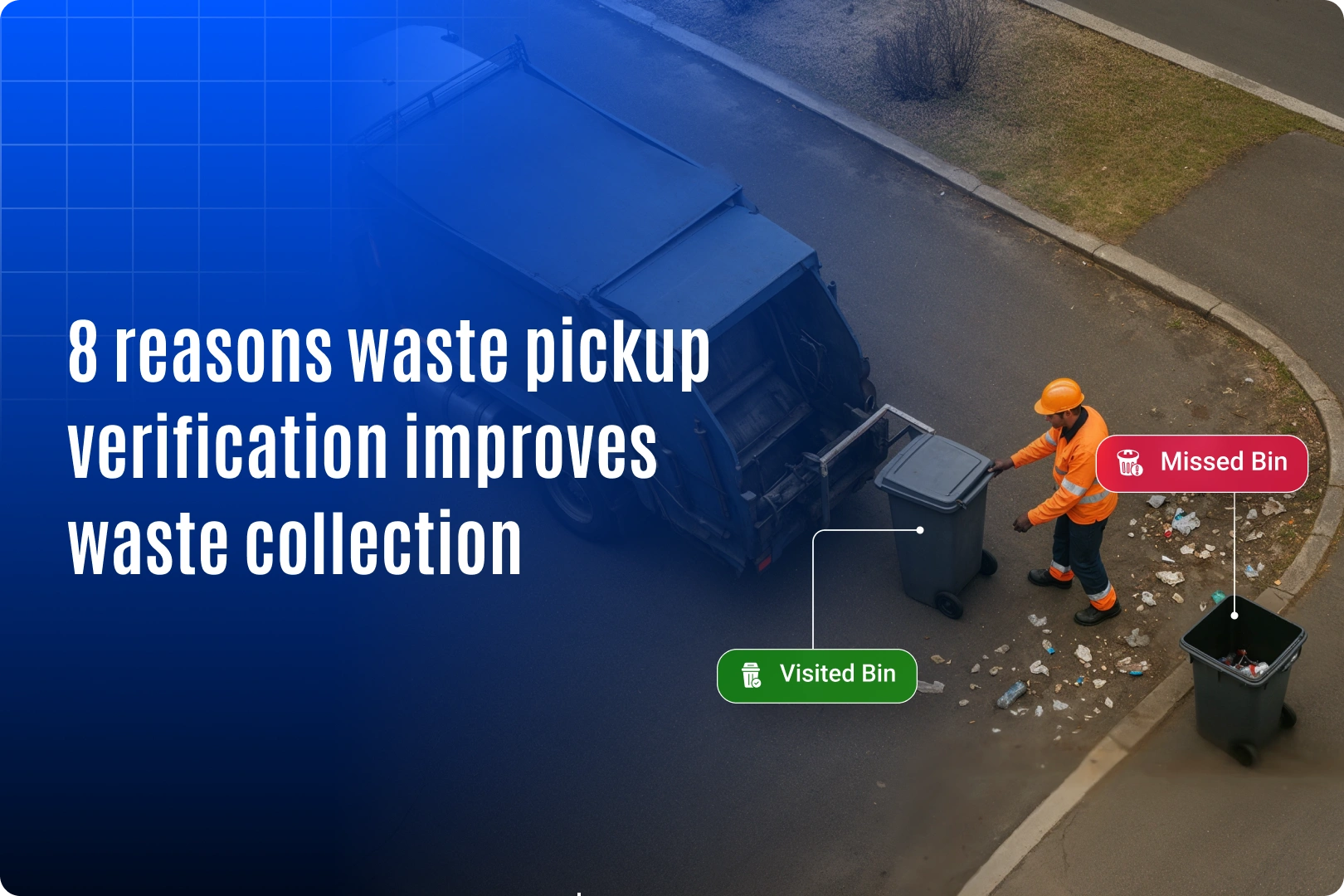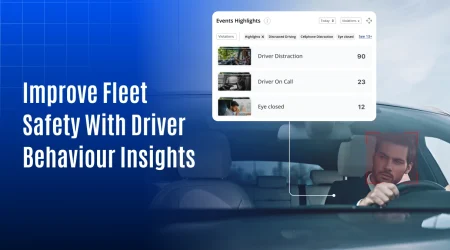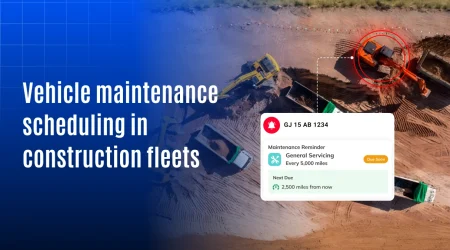8 Reasons Waste Pickup Verification Improves Waste Collection

Ever wondered why waste collection often faces so many complaints? Missed pickups, fake reports, and disputes between contractors and municipalities are more common than you think. These issues not only frustrate citizens but also increase costs and weaken accountability. That’s why many cities are now adopting waste pickup verification to close these long-standing gaps.
The problem isn’t the lack of effort, it’s the lack of proof. Paper logs and manual updates were never enough to show real work done. Waste pickup verification solves this by bringing before-and-after photos, digital checkpoints, and real-time tracking into the process. It turns routine waste collection into a transparent and accountable system that both citizens and municipalities can trust. For B2B decision-makers, it’s nothing less than a game-changer in modern waste management
Key advantages of adopting waste pickup verification in waste systems
1. Provides visual proof of service
Collectors capture before-and-after photos for each pickup, showing the exact condition of bins. Managers no longer need to rely on paper logs or verbal updates to confirm the work. This clear visual proof reduces disputes, builds trust, and makes service delivery transparent.
2. Builds accountability in operations
When every pickup is verified with photos, QR scans, and timestamps, staff know their work is being tracked. As a result, skipped bins or incomplete jobs are immediately flagged, keeping workers more responsible. This improves consistency, boosts team performance, and creates reliable daily operations.
3. Reduces citizen complaints
Missed or delayed pickups often frustrate citizens and lead to complaints. With verification, managers can show time-stamped photos and logs to confirm the service was done. This transparency reduces false claims, speeds up complaint handling, and improves public satisfaction.
4. Strengthens service-level agreements (SLAs)
SLAs between municipalities and contractors often face disputes when proof of work is missing. Verification provides solid evidence of completed jobs, which can be used during audits and reviews. This clarity makes SLAs stronger, ensures compliance, and avoids conflicts over service quality.
5. Eliminates fake or manual reporting
Paper logs and manual updates are often unreliable and open to manipulation. With verification, every pickup is digitally validated using photos, QR codes, and timestamps. This ensures that only genuine data is recorded, removing fake reports and building operational trust.
6. Saves costs on operations
Missed pickups force trucks to return, wasting fuel, time, and labor. Verification ensures jobs are done right the first time, preventing costly repeat visits. Over time, this leads to measurable savings for both municipalities and contractors.
7. Creates a reliable digital audit trail
Each pickup is automatically logged with details like date, time, and location. As a result, these records form a permanent digital history that can be accessed anytime for audits or compliance checks. Managers benefit from accurate, data-driven insights instead of guesswork or manual records.
8. Supports smarter and cleaner cities
Verified pickups help keep streets clean, reduce missed bins, and improve service quality. Municipalities can use the collected data to plan better routes and allocate resources more efficiently. This helps achieve smart city goals and builds long-term trust with citizens.
Summary
Waste pickup verification is the step that turns ordinary waste collection into a transparent, efficient, and future-ready service. With every pickup verified and every record stored, it ensures operations run with proof, accountability, and trust building the foundation for smarter cities.



